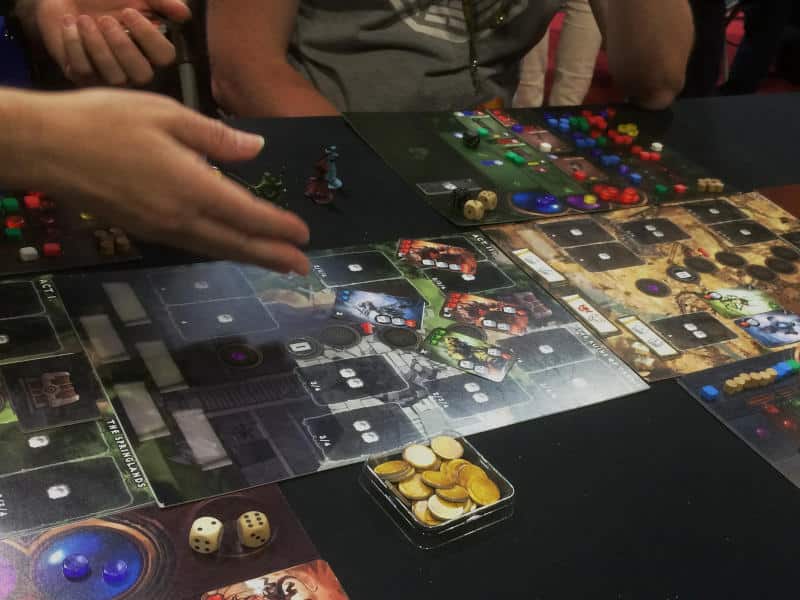
Teaching games – teach-as-you-go (Topic Discussion)
- Nelly
- July 17, 2024
- Board Games
Teaching games have long been a popular method for educators to engage students and facilitate a fun and interactive learning experience. One particular approach to teaching games that has gained traction in recent years is the teach-as-you-go method. This teaching strategy involves guiding students through the rules and objectives of a game as they play, rather than providing a detailed explanation beforehand. This article will explore the benefits and challenges of teaching games using the teach-as-you-go method.
One of the primary advantages of the teach-as-you-go method is that it allows students to immediately immerse themselves in the game and start learning through hands-on experience. By introducing the rules and objectives gradually as the game progresses, students can stay engaged and motivated to learn as they go. This approach also enables educators to adapt their teaching in real-time based on how students are responding to the game, making it easier to address any misunderstandings or confusion.
Teaching games using the teach-as-you-go method can also help foster critical thinking skills and encourage students to think strategically. As students navigate the challenges presented by the game, they must make decisions and solve problems on the fly, which can lead to the development of important cognitive skills. Additionally, the teach-as-you-go method can promote collaboration and communication among students, as they work together to understand and master the game’s mechanics.
However, there are also some challenges associated with teaching games using the teach-as-you-go method. One potential drawback is that this approach may not be suitable for all students, especially those who prefer clear and structured instructions. Some students may feel overwhelmed or lost if they are not provided with a comprehensive overview of the game before they start playing. Additionally, educators may find it challenging to strike a balance between providing enough guidance to keep students on track and allowing them to explore and learn independently.
In conclusion, teaching games using the teach-as-you-go method can be a valuable tool for educators looking to make learning more engaging and interactive. By introducing the rules and objectives of a game gradually as students play, educators can create a dynamic and immersive learning experience that promotes critical thinking, collaboration, and strategic thinking. While there are challenges associated with this teaching approach, with careful planning and effective communication, educators can successfully harness the power of games to enhance student learning.




